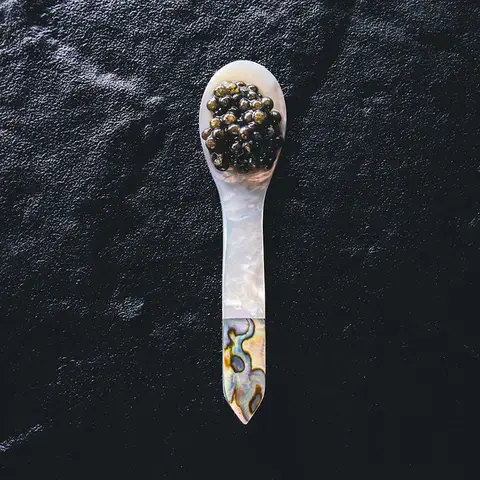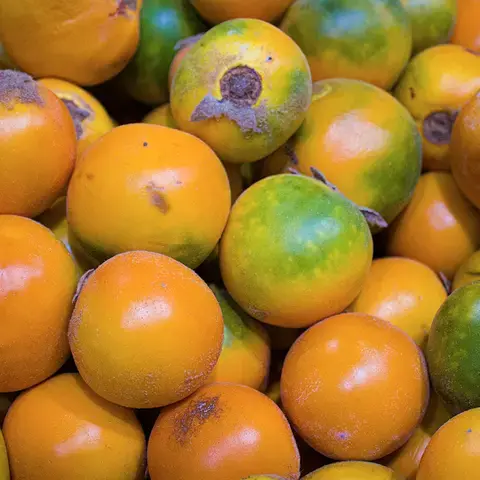Some years are for chillingly precise Nordic techniques and molecular gastronomy. Others are for open flames and heat. As 2022 rolls through its second quarter, it’s clear that the latter option is dominating the narrative. We’ve been here before - wood-burning eateries had been declared trendy back in 2015 and again in 2017 - with standouts like Washington D.C’s dazzling Maydan and Chicago’s lauded Elske. This year, once again - from New York City and San Francisco, to Sydney and Singapore - the high-end live fire restaurant has become inescapable.
Equipped with a large wood-burning stove or grill, the restaurant of the moment distinguishes itself from its fellow establishments by a certain adventurous flair, but that’s where the common thread ends. The flavours may lean towards smoke and char at one spot, but scale subtler at another. When it comes to cuisine, there are many globe-spanning possibilities. At Eyval, the latest addition to Bushwick’s dining scene (Brooklyn, NY), it’s all about Iranian dishes, inspired by traditional street stalls of charcoal-cooked kebabs. At Oakland’s Mago, Colombian arepas and beef rib eye meet the fire weekly. Dagon, in NYC, uses the wood-fired oven to roast lamb, Mediterranean-style, and bake Jerusalem bagels. The one key factor all of these restaurants have in common? They had opened during the pandemic, and that’s hardly a coincidence.
















